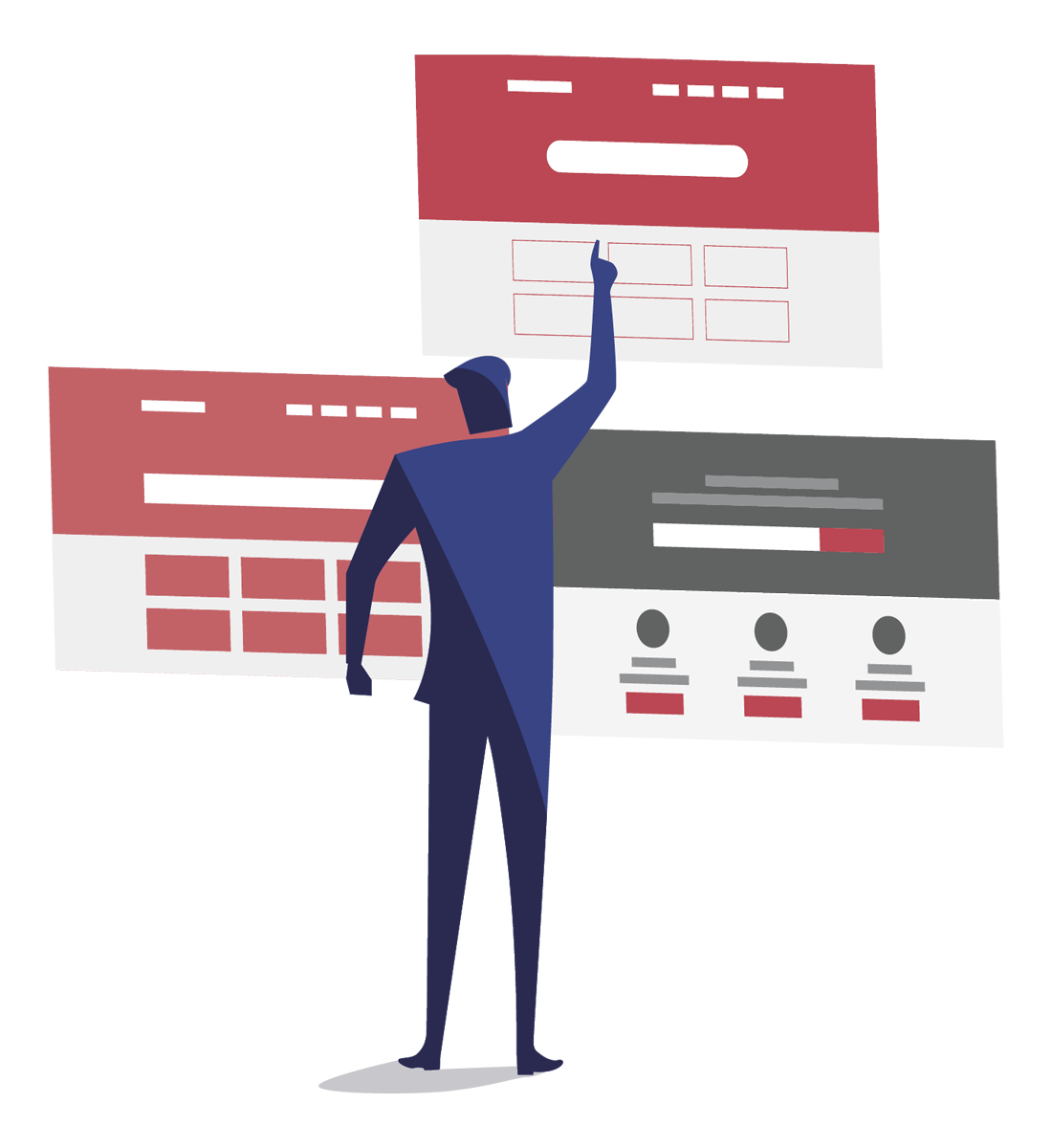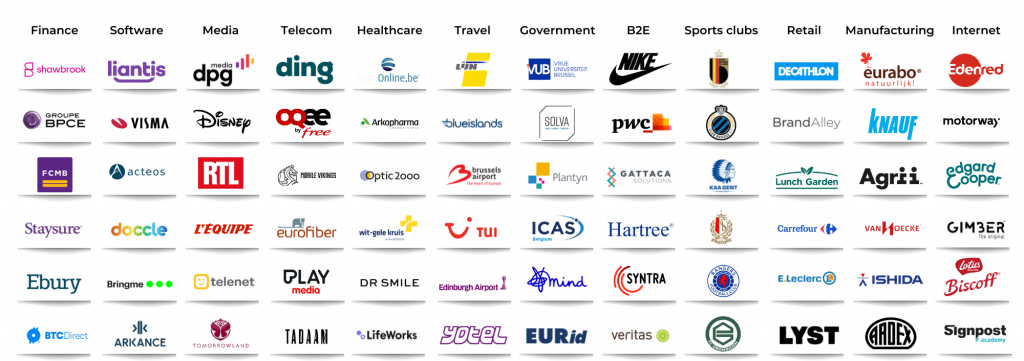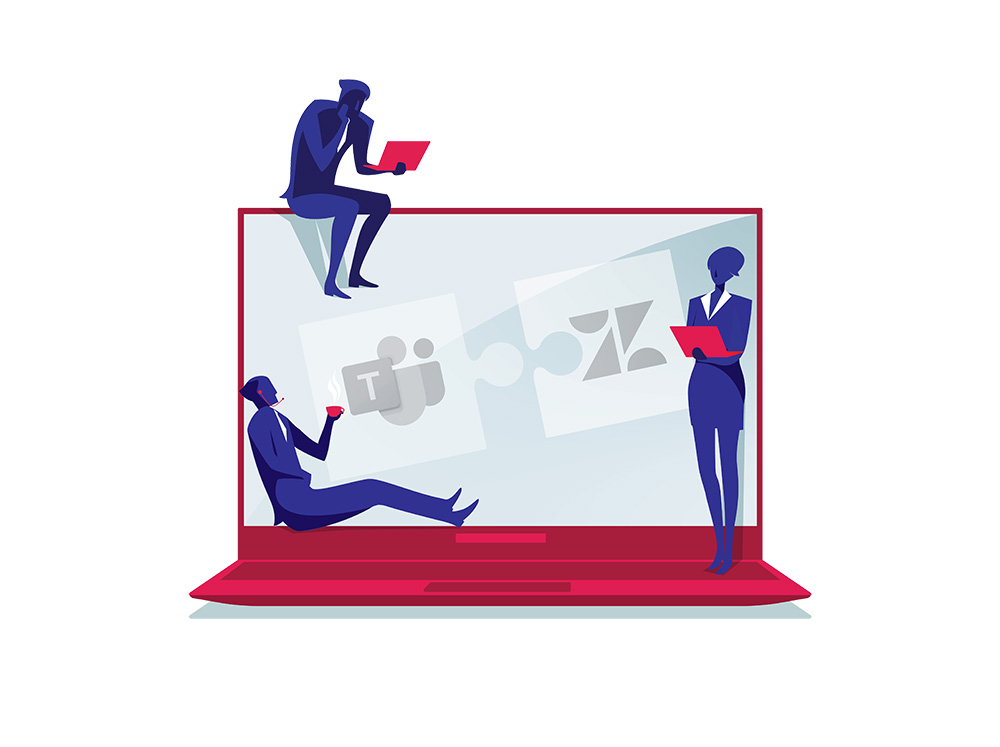We’ll guide you through every Zendesk implementation step—from setup to advanced customisation—making sure your team can handle inquiries effortlessly. If you’re new to Zendesk, this resource provides practical strategies to transform your support and enhance team performance.

The Ultimate Zendesk Implementation Gude
Follow 7 easy steps to get your Zendesk up and running without hassle.
- Zendesk terms explained
- Real-life examples
- Visual walkthroughs
In this article, we're going to discuss:
- 3 Key Features of Zendesk that Enhance Support Efficiency
- Preparing for Zendesk Implementation: Assessing Your Needs
- Step-by-Step Guide to Implementing Zendesk
- 3 Best Practices for Customising Zendesk
- Integrating Zendesk with Other Tools and Software
- Training Your Team for Effective Zendesk Usage
- Key Metrics to Track Post-Implementation of Zendesk
- Common Challenges in Implementing Zendesk and How to Overcome Them
- Long-Term Benefits of Proper Zendesk Implementation
- Why navigate Zendesk complexities alone?
3 Key Features of Zendesk that Enhance Support Efficiency
Zendesk shines in the crowded customer support software market with a suite of features designed to make your support operations smoother and more effective:
Omnichannel support
Imagine managing all your customer inquiries—whether they come through email, chat, social media, or phone—from one simple, unified interface. Zendesk makes this possible, so your team no longer needs to juggle multiple platforms. This means faster response times and no more missed customer queries. Explore a retailer’s shift to omnichannel excellence with Zendesk in Jules’s success story.
Powerful ticketing system
Zendesk’s ticketing system is like having a super-organized assistant. It automatically sorts and prioritizes customer requests, directing them to the best-suited agents based on factors like issue type or agent expertise. This automation ensures that every request is handled quickly and efficiently, boosting your team’s productivity. Plus, Zendesk’s collaboration tools allow multiple agents to team up on complex issues, leading to quicker and more accurate solutions.
Robust analytics and reporting
Get real-time insights into your support operations with Zendesk’s easy-to-use dashboards and reports. These tools help you spot trends, evaluate agent performance, and find areas for improvement. By using this data, you can make smart decisions that continuously enhance your support processes. Additionally, Zendesk’s AI and automation features, like macros and triggers, automate routine tasks, freeing your agents to focus on more complex customer needs.
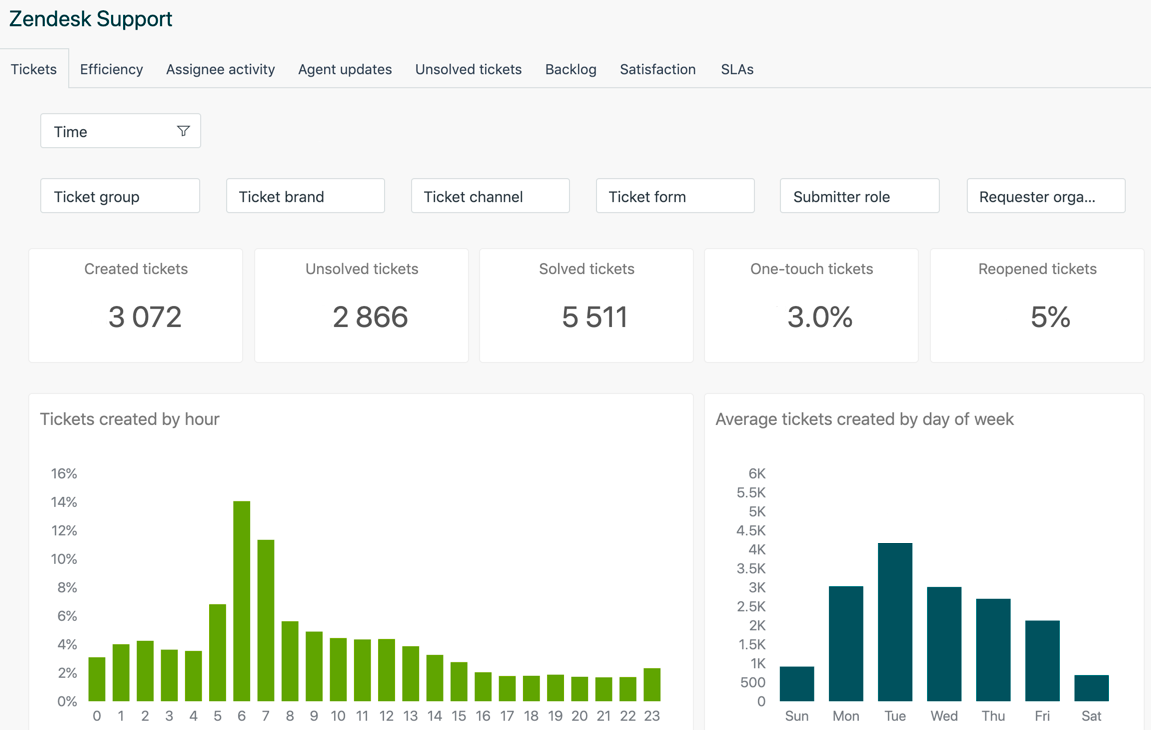
These powerful features make Zendesk an invaluable partner in delivering outstanding customer support, enabling your team to work smarter, not harder.
Preparing for Zendesk Implementation: Assessing Your Needs
Before jumping into implementing Zendesk, it’s essential to take a step back and thoroughly assess your customer support needs. Start by looking closely at your current support processes to pinpoint any pain points or inefficiencies. Talk to your support agents and customers to gather insights about their experiences and expectations. This assessment will help you identify the features and functionalities that are most crucial for your business, ensuring Zendesk is tailored perfectly to your needs.
Next, think about your support goals. Do you want to reduce response times, boost customer satisfaction, or streamline your internal processes? Setting clear, measurable goals will guide your Zendesk implementation plan and help you track your progress. Also, consider how your support needs will change as your business grows. It’s important to choose a solution that can adapt and scale with you. Zendesk offers a variety of plans and add-ons that can be customized to fit businesses of all sizes, making it a smart choice for long-term growth.
For example, YOTEL successfully streamlined its operations across 24 global locations by integrating all customer interactions into Zendesk, dramatically reducing response times and enhancing customer satisfaction.
“We got off the ground in two weeks. It’s the fastest I’ve seen, and we started seeing results instantly. The responsiveness of our team improved immediately. Since implementing Zendesk, we’ve had almost zero complaints because inquiries are directed to the right team and are addressed quickly.”
Finally, build a dedicated implementation team. Bring together key stakeholders from various departments, like IT, customer support, and management. Their diverse insights will ensure a comprehensive and well-rounded implementation. Assign specific roles and responsibilities to each team member and create a clear timeline for the rollout. Regular communication and collaboration within this team will be key to a smooth and successful Zendesk implementation.
Step-by-Step Guide to Implementing Zendesk
Implementing Zendesk is a strategic process that ensures a seamless transition and setup. Here’s how to get started:
Kick off by setting up your Zendesk account. Choose a plan that matches your needs and explore the Agent Workspace. This initial exploration will familiarise you with the platform’s layout and features, laying the groundwork for a successful Zendesk implementation.
Decide which communication channels—email, chat, social media, and phone—you’ll integrate with Zendesk. Configure each channel so all customer inquiries go straight to your Zendesk account. This integration streamlines your support operations, allowing your team to manage everything from one place. Customise ticket fields and forms to gather the right information from customers upfront, reducing back-and-forth and resolving issues more efficiently.
Next, set up your workflows and automation rules. Use Zendesk’s powerful tools like triggers and macros to simplify your support tasks. Triggers automate actions when certain conditions are met, like assigning tickets to specific agents or sending automatic responses. Macros help agents quickly handle common inquiries with pre-set responses, freeing them up for more complex tasks.
Avoid common mistakes by thoroughly testing all Zendesk configurations, especially integrations and workflows, before going live. Regularly review and tweak your setups as customer needs and business goals evolve to ensure efficiency and effectiveness.

For a smooth Zendesk rollout, download our detailed implementation guide to help your team deliver outstanding support and ensure success.
3 Best Practices for Customising Zendesk
To truly harness the power of Zendesk, customisation is key. Here’s how you can tailor the platform to fit your unique business needs:
Kick off by tailoring your ticket fields and forms. Identify the essential information needed to solve customer issues and create custom fields to capture this data. This proactive approach minimizes back-and-forth communication, speeding up resolutions. Also, make sure your forms reflect your brand’s style, offering a seamless and professional experience for your customers.
Next, align your workflows and automation with your support processes. Develop custom triggers and macros that fit your team’s specific workflows. For example, set triggers to automatically escalate high-priority tickets or alert team members when necessary. Use macros to deliver consistent responses to common questions, ensuring a uniform customer experience. Regularly update these rules to keep them effective as your support needs evolve.
Dive into Zendesk’s app marketplace to find additional tools that boost your support operations. Look for apps like time-tracking tools, customer satisfaction surveys, and performance analytics to enhance your system. These integrations help create a robust support ecosystem tailored to your business. If existing solutions fall short, consider building custom apps or integrations. This ensures that Zendesk aligns perfectly with your support strategy.

See how industries uniquely tailor Zendesk to their needs with its flexibility across business landscapes.
Integrating Zendesk with Other Tools and Software
Unlock the full potential of Zendesk by integrating it with the other tools and software your business relies on.
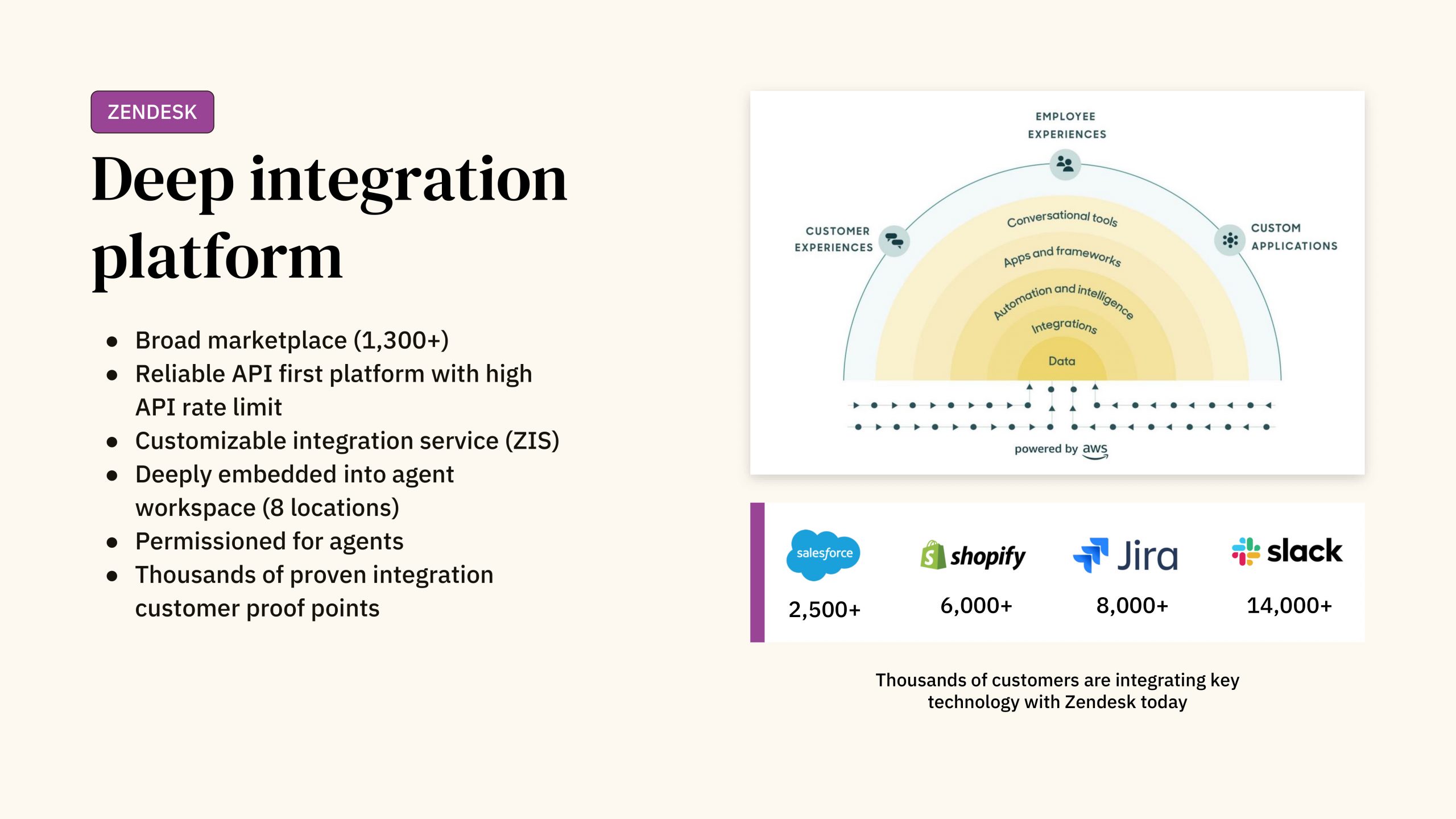
Identify Key Integrations
Begin by pinpointing the systems and applications that need to connect with Zendesk. Common choices include CRM systems, e-commerce platforms, project management tools, and communication apps. Integrating these ensures your support team has all the information they need at their fingertips to assist customers effectively.
Explore Pre-Built Integrations
Dive into the app marketplace to find ready-made Zendesk integrations for your tools. Zendesk offers a variety of options that are easy to set up, making the process a breeze. For instance, linking your CRM with Zendesk lets support agents access customer details directly from the ticket interface, allowing for personalised and informed service. Similarly, connecting your e-commerce platform means agents can quickly access order details and transaction histories, simplifying order-related inquiries.
Build Custom Integrations
If your needs go beyond existing solutions, leverage Zendesk’s API to craft custom integrations. The API offers powerful capabilities for connecting with other systems and sharing data. Collaborate with your development team to design custom integrations that align perfectly with your requirements. These bespoke connections turn Zendesk into a central hub for your support operations, ensuring a seamless flow of information across all your business systems.
By integrating Zendesk with your essential tools, you create a unified support ecosystem that enhances efficiency and elevates customer service.
Training Your Team for Effective Zendesk Usage
To get the most out of Zendesk, effective training is key. Start by onboarding new agents with a solid foundation. Cover the essentials like navigating the interface, managing tickets, and utilising features such as macros and triggers. Mix it up with written guides, video tutorials, and hands-on practice to suit various learning styles, ensuring everyone feels confident using the platform.
Keep the momentum going with continuous training and development. As Zendesk rolls out new features and updates, keep your team in the loop. Schedule regular training sessions to explore new functionalities and best practices. Encourage your agents to dive into Zendesk’s help centre and community forums for extra resources and networking with other users. For focused learning, explore Premium Plus’s training sessions and additional resources to keep your team sharp and adaptable
Build a culture that thrives on knowledge sharing and collaboration. Encourage your team to swap tips, tricks, and solutions. Use Zendesk’s internal notes and collaboration features to make sharing easy. Appoint Zendesk champions or super-users to offer guidance and support. By fostering a collaborative environment, you empower your team to use Zendesk more effectively and deliver top-notch customer support. For more growth opportunities, check out Premium Plus’s events and webinars.
Key Metrics to Track Post-Implementation of Zendesk
Unlock the full potential of Zendesk by integrating it with the other tools and software your business relies on.
Track key performance indicators (KPIs)
Start by monitoring KPIs that align with your support goals. Focus on metrics like first response time, resolution time, customer satisfaction (CSAT) scores, and ticket volume. Regularly check these to see how efficiently your team operates. Use Zendesk’s reporting tools to gain valuable insights into your team’s performance.
Monitor usage and adoption
Keep an eye on how often your agents use key features like macros, triggers, and integrations. High usage indicates effective use of the platform to streamline workflows. If usage is low, offer additional Zendesk training to help agents see the benefits and learn how to use these tools effectively.
Establish feedback loops
Gather feedback not just from customers, but also from your support team. Regular surveys and feedback sessions can reveal valuable insights into their experiences with Zendesk. Use this feedback to pinpoint areas for improvement and tackle any challenges, ensuring continuous refinement of your support processes.
By measuring performance and actively seeking feedback from both customers and your team, you can ensure your Zendesk implementation continues to add value and boost support efficiency.
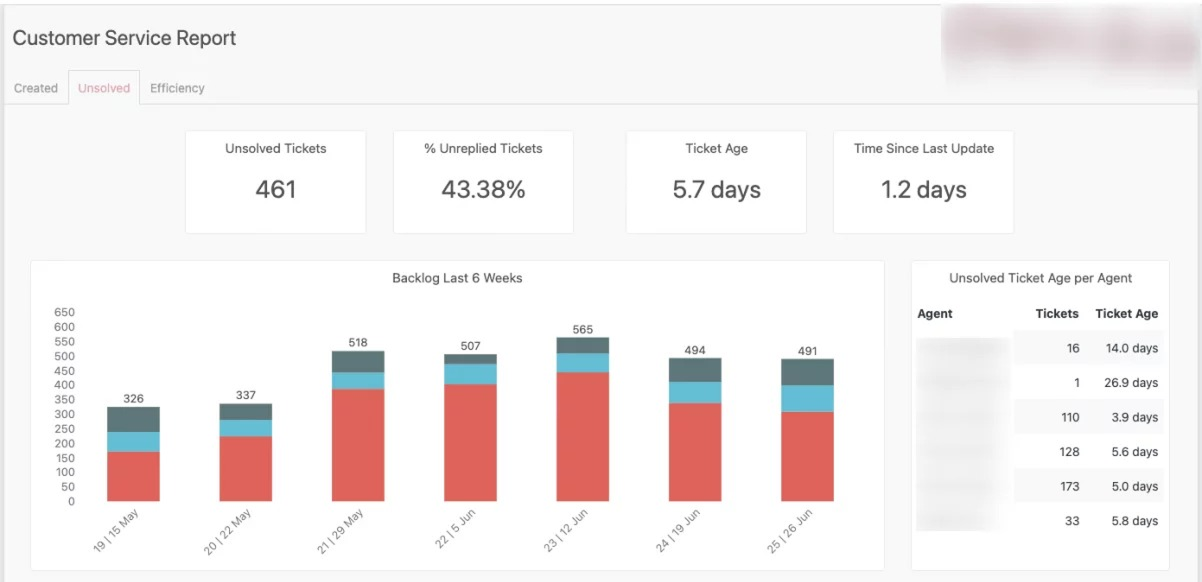
Common Challenges in Implementing Zendesk and How to Overcome Them
Implementing Zendesk can come with challenges, but the right strategies can make a big difference. Here’s how to tackle them:
Overcoming resistance to change. Your team may resist switching to Zendesk. Get them involved early. Gather their feedback, address concerns, and showcase benefits. Comprehensive Zendesk training and ongoing support will ease the transition and boost confidence.
Customising to fit your needs. With so many features, optimising Zendesk can feel overwhelming. Start by clearly defining your goals. Work with your team to set up the right configurations. Tap into Zendesk’s help centre and community for tips and best practices.
Smooth data migration. Transferring data can be complex. Plan carefully and involve your IT team to ensure a smooth move. Use Zendesk’s data import tools and seek support if needed. Test the migration to catch any issues before going live.
Detailed troubleshooting. Include a troubleshooting section for common implementation issues. Offer solutions and tips for problems like integration errors or configuration challenges to ensure a smooth Zendesk setup.
By addressing these challenges and having troubleshooting strategies ready, you can ensure a successful Zendesk implementation and reap the full benefits of your support operations.

The Ultimate Zendesk Implementation Gude
Follow 7 easy steps to get your Zendesk up and running without hassle.
- Zendesk terms explained
- Real-life examples
- Visual walkthroughs
Long-Term Benefits of Proper Zendesk Implementation
Properly implementing Zendesk brings lasting benefits to your customer support operations. By streamlining processes and centralising interactions, you boost efficiency and effectiveness, leading to faster response times, higher resolution rates, and improved customer satisfaction. Your team can handle more inquiries without losing quality, allowing your business to scale smoothly.
Looking to the future, trends in customer support highlight personalisation, automation, AI integration, and data-driven insights. Properly mastering Zendesk prepares your company to embrace these trends, ensuring you stay ahead in customer service innovation.
Ultimately, effective Zendesk implementation empowers your team to deliver outstanding customer experiences, fostering loyalty and trust. By providing timely and effective support, you build stronger customer relationships, boosting retention and positive word-of-mouth referrals. The benefits extend beyond support, driving overall business growth and success.
Why navigate Zendesk complexities alone?



